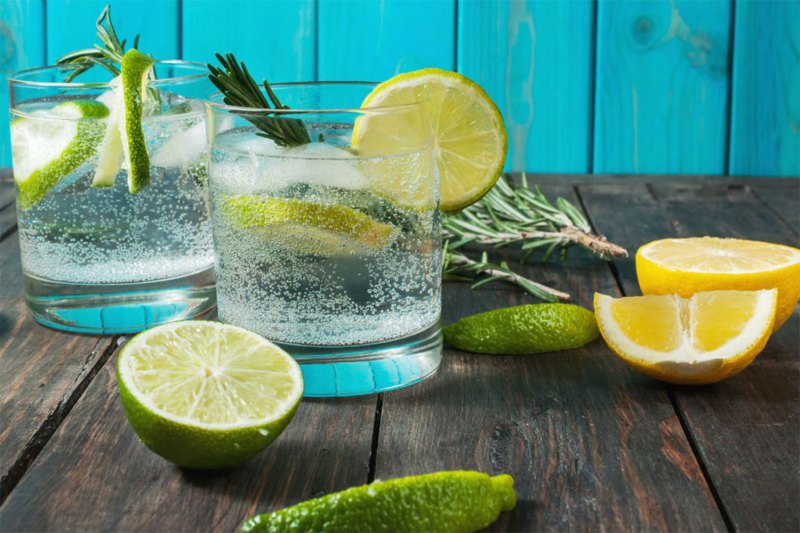Gin may be the most spring-like spirit out there. No matter what season it is, with its in-bloom characteristics, it’s a highly aromatic, highly botanical spirit that smells and tastes a lot like the fresher, flower-filled air that we associate with spring. Turns out, the clear spirit goes exceedingly well with certain mixers, too.
So, if you want it to feel like spring no matter what time of year it is, and you’re interested in gin drinks like some of the classic gin cocktails, we have a few pointers. A number of fellow liquids not only go great with gin, but they also enhance the stuff. Some, like a good tonic, are pretty expected, but there are lesser-knowns like Earl Grey tea, too.
Read on for the best gin mixers to have in your bar cart.
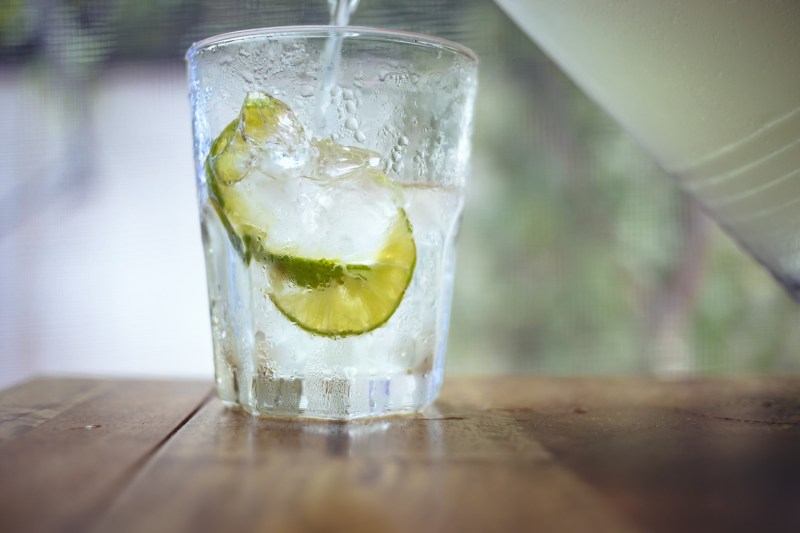
Tonic water
If this wasn’t the first gin mixer that your mind went to, we’re going to guess that you’ve been living under a rock. Gin and tonic is the epitome of an easy, flavorful gin drink. The catch here, though, is that you need to find a good high-quality tonic — most mass-produced tonic waters contain over 20 grams of sugar per serving. Opt for tonics, such as Q Drinks or Fevertree instead (we have a whole list of the best tonic waters). You’ll want to make sure you have one of the best gins for a gin and tonic, too.
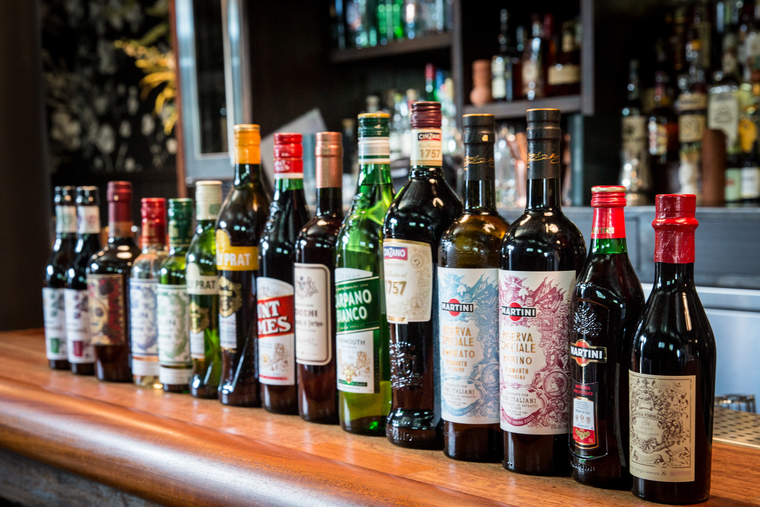
Vermouth
While we said that tonic was probably the first thing your mind went to, that probably wasn’t the case if you’re a martini drinker. If you are, well, then your mind was right here all along. Vermouth — which is aromatized wine — plays well with others (the “others” being the botanicals in the gin), giving you one of the cleanest classic cocktails out there. The martini is a timeless drink, fitting into any era with its clean, clear look. That is unless you make it dirty, that is. It’s always good to have both red and white vermouth ready to go, just in case.
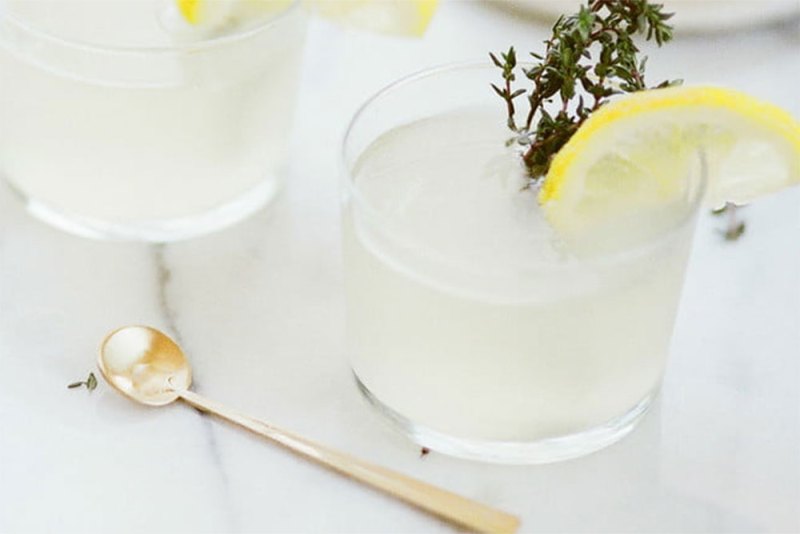
Soda water
If you want to extend your gin drink without extending your waistline, soda water is where it’s at. When plain, using soda water allows the gin flavors to shine while also adding a nice amount of bubbles to the palate. Unflavored soda water doesn’t have the strong, distinctive flavor of tonic water, so don’t use it as a substitute for tonic and expect the same results. The great thing about soda is that it comes in practically endless flavors these days, so you’re offered myriad options for flavor without worrying about extra calories. Here are our picks for the best sparkly waters.
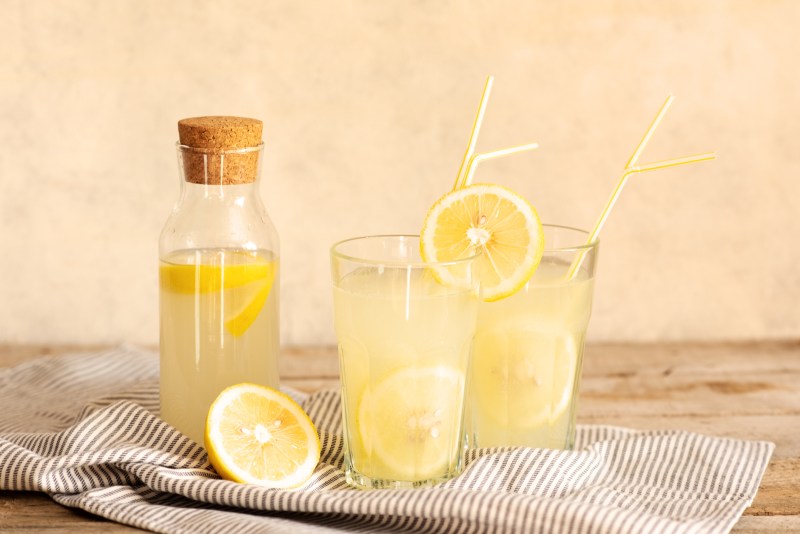
Lemon juice or lemonade
The choice between these two comes down to whether you want a sweet drink or not. If you’re looking for something simple, citrusy, and bitter, go for the lemon juice. If it’s a hot day and you’re going to be sitting on the porch with an aunt who never knows when to shut up about, well, everything, then you’ll want to go with the lemonade. The lemon smell and the sugar content will cover up the gin and you’ll be able to get through every tangent your aunt has on every topic from aardvarks to the inevitable heat death of the universe.

Lime juice
If you’ve got lemon on hand, you’re going to want to have some lime around, too. Adding a little simple syrup to lime and gin yields a classic cocktail — the gimlet — but even without sugar, this combination is hard to beat. Served over ice, you get a bright bitter, citrusy, botanical wave across the tongue and down the gullet. Gin and lime just go together. It’s really just as simple as that. Use fresh lime juice if you can, but if you can’t, there are plenty of bottled iterations out there that will do the trick in a pinch.

Pineapple juice
If it’s good enough for Snoop, then pineapple juice is good enough for you. Seriously, though. The bright, sweet, tropical flavors of pineapple juice go extremely well with gin. Depending on the type of gin (we recommend a London Dry style, but you can work with what you’ve got on hand), the citrus elements in the spirit really come to the forefront. The match was probably not created in the LBC, but it was certainly made famous there. Add a splash of soda for a nice poolside refresher. On the pineapple juice front, Dole has the market pretty much on lock.
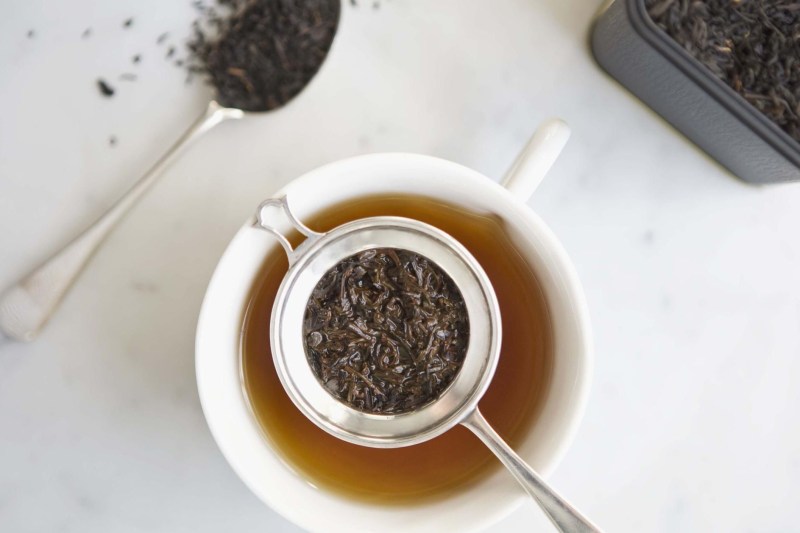
Earl Grey tea
Known as Royal Tea or the Queen’s Tea (or, I’m sure, something else entirely British-sounding), the combination of gin and Earl Grey tea is one heck of a way to start the morning. The botanicals in both play off each other nicely, and if it’s a cold day, how can you beat booze in a hot beverage? You can’t, that’s how, but it’s better to stock up and not be left in the lurch when the cold evenings continue to show up in the forecast. Twinings makes a great Earl Grey tea.

Ginger beer
Yes, we know that ginger beer is better known for being the main ingredient in a Moscow Mule, or if you’ve ever been to Bermuda (or just bought dark rum), a Dark n’ Stormy, but ginger beer goes great with gin as well. The spice of the ginger beer matches well with the botanicals in the gin. And if you’re a big fan of Moscow Mules, you can swap out the vodka for gin and make yourself a, what else? English mule, which just seems like the perfect drink to have before a picnic lunch at Windsor Castle (or in your backyard if you don’t have royal friends). As seen above, Gosling’s makes a great ginger beer that is widely available.
